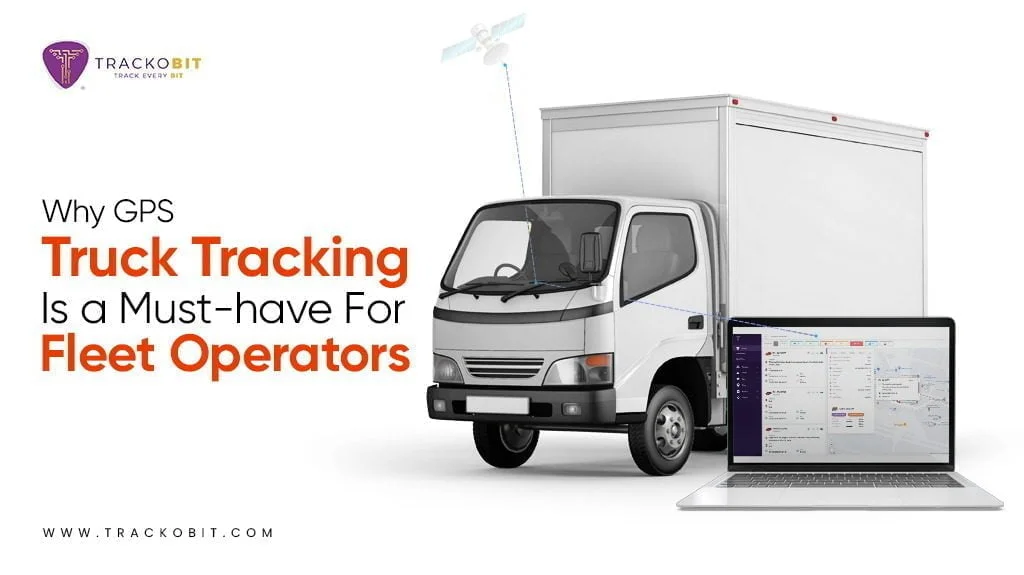What is OBD (On-board Diagnostics)?
On-board Diagnostics, often abbreviated as OBD, is a crucial feature of Fleet Management Software that enables real-time monitoring while analysing a vehicle’s performance and health. OBD systems provide valuable insights into various aspects of vehicle operations through the sensors and in-built systems.
OBD systems collect data related to engine performance, emissions, fuel efficiency, and more. This data is then processed to be accessible for fleet managers on the software, helping them make data-driven decisions.
What Are The Key Features of OBD?
OBD systems offer the following features to provide comprehensive diagnosis:
- – Data Collection: llowing features to provide comprehensive diagnosis: Data Collection: The OBD system gathers data from sensors and the vehicle’s control modules.
- – Performance Metrics: It monitors engine performance, speed, fuel consumption, and more.
- – Emission Monitoring: OBD systems track emissions and ensure environmental standards, safety, ELD, and AIS-140 compliance..
- – Fault Detection: They identify and report malfunctions or issues in real-time.
- – Alerts: Managers receive instant notifications for critical problems or maintenance needs.
- – Historical Data: Managers get to access historical performance data for analysis and decision-making.
What Are The Benefits of On-board Diagnostics
Any fleet manager can expect the following benefits through OBD systems:
- – Proactive Maintenance: Detecting potential issues early, minimizing downtime and repair costs.
- – Real-time Monitoring: Monitoring vehicle health and performance in real-time.
- – Emission Compliance: Ensuring vehicles meet emissions regulations consistently.
- – Optimized Fuel Usage: Analysing data to improve fuel efficiency and reduce costs
- – Data-Driven Decisions: Making informed decisions based on accurate vehicle data.
- – Enhanced Safety: Prompt alerts enhance driver and vehicle safety.
- – Reduced Breakdowns: Minimising unexpected breakdowns through continuous monitoring.
- – Streamlined Operations: Improving overall fleet efficiency and productivity.




